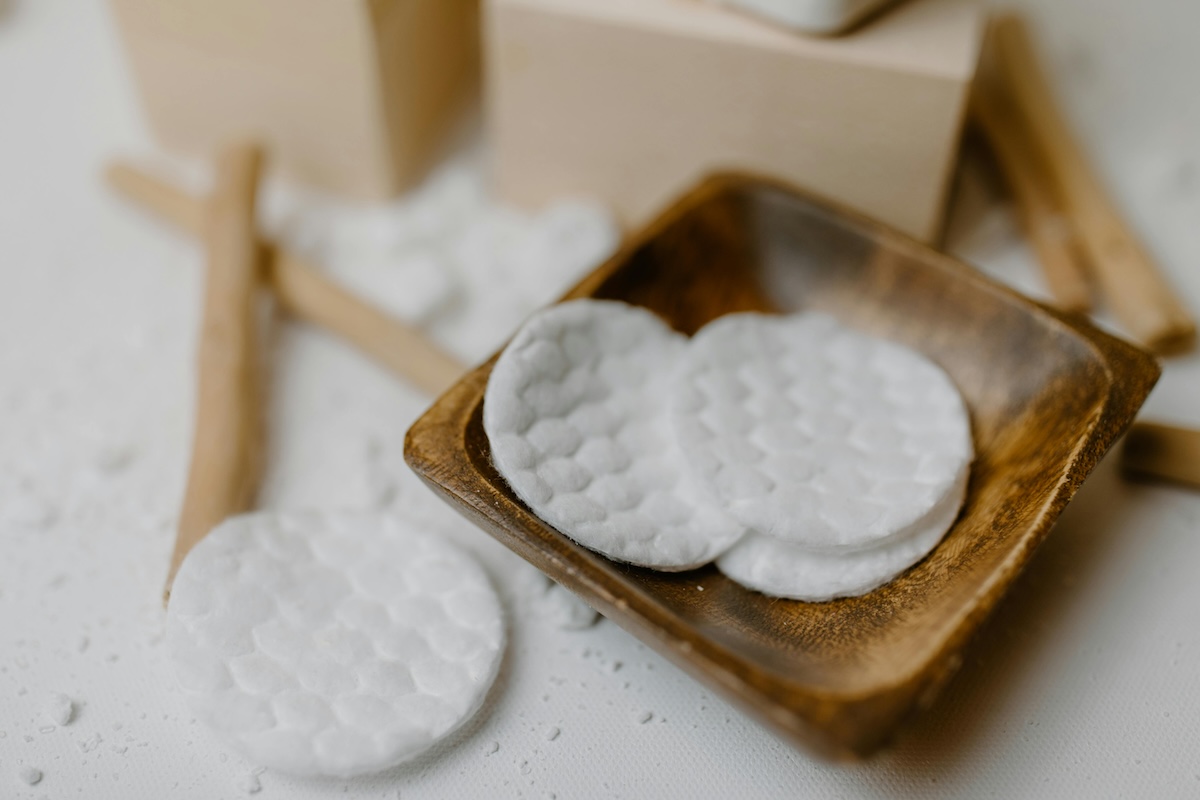Fun fact: Humans shed. While you may think, “Yuck,” this process serves a distinct purpose: It removes dead skin cells to make room for new ones. The result? Brighter, clearer skin. Skin cell turnover helps keep your face from looking dull and tired. The process can also reduce the chances of acne and breakouts.
While the skin naturally turns over, your face may need some assistance through exfoliation. Experts generally recommend exfoliating as part of your regular skincare routine (though not necessarily daily). You’ll find tons of exfoliating products in the skincare aisle and tons more DIY recipes out there. How to exfoliate the face depends on your skin type. Here’s what to know.
What is exfoliating?

Before we discuss the details of exfoliating the face, you might want a primer on what that even means. Consider exfoliating a pick-me-up for the skin, something that nixes dead skin cells at a faster rate than your body may be doing so naturally. As a result, new skin cells can emerge. Generally, exfoliants fall into two groups: chemical and physical exfoliants. Let’s discuss the pros and cons of each.
Chemical exfoliants
You may be most familiar with chemical exfoliants. They’re found in specific products, such as serums, scrubs, and cleansers. The ingredients within these products can help your body turn over skin cells, wiping away the dead so new ones can come closer to the surface (and restore life to your face). Chemical exfoliants can sometimes go deeper than their physical counterparts.
- Alpha hydroxy acids. Commonly referred to as AHAs for short, these gentle, water-soluble acids remove dead, flaky skin and restore complexion. Two commonly used AHAs are glycolic and lactic acid.
- Beta hydroxy acids. BHAs, like salicylic acid, are also water-soluble but go deeper than AHAs. In addition to getting rid of dead skills, BHAs also help you ditch an overabundance of oil (sebum), which can assist with breakouts.
Physical exfoliants
Physical exfoliants don’t typically go as deep as chemical ones, but they still have a place in the skincare aisle (and, perhaps, your cabinet). Physical exfoliants aren’t creams or serums and involve more muscle/manual labor. Consider them tools that help you get rid of dead skin cells. Physical exfoliants may come in the form of:
- Brushes
- Sponges
- Gloves
- Scrubs (grainy products with ingredients like coffee grounds or salt)
When using a physical exfoliant, you’ll generally want to wet the skin and apply in small, circular motions for approximately 30 seconds before rinsing with lukewarm water.
How to exfoliate the face based on your skin type

The best way to exfoliate the face depends on your skin type. For instance, people with sensitive skin will want to take different precautions than those with normal skin to prevent worsening issues.
A few ground rules: If you have a condition like eczema, speak with a dermatologist before choosing a product. Avoid exfoliating if your skin is sunburnt or in areas with open cuts and wounds. People prone to severe breakouts will also want a dermatologist’s opinion before choosing an exfoliant. Otherwise? Let’s dig into the best ways to exfoliate the skin based on your skin type (and how to tell what yours is).
Normal/Combination
Normal skin isn’t overly dry or oily. You have to look to see your pores and generally have a clear, radiant complexion. Applying skincare products doesn’t trigger irritation. Yes, you still need to exfoliate. Combination skin can be a bit dry or oily and is common. Typically, people with normal and combination skin can adhere to the same general advice for exfoliating, but you should always feel free to customize your approach. For instance, you may find your skin is dryer in the winter and benefits from the physical exfoliant, while summer skin is more oily and clears up when you apply a deeper chemical exfoliant. Regardless, aim to exfoliate once or twice per week.
Sensitive
Everyone can benefit from doing a patch test, regardless of skin type, but people with sensitive skin will not want to skip this step. Apply a tiny bit of exfoliant to an area of the skin for a few days straight. If you don’t notice irritation, you’re likely good to go ahead (but stop if that changes). You can start by only exfoliating once weekly. You may be able to progress to twice weekly. Harsh physical scrubs could irritate your skin, so you’re better off sticking with a gentle AHA-based exfoliant, such as one with lactic acid.
Dry
Like sensitive types, dry skin is prone to irritation. Moreover, stripping away skin cells too often can feel way harsh. Limit exfoliating once or twice weekly to wipe away flakiness without ticking off the skin. Be sure to moisturize every time you use the exfoliant to reduce the drying effect these products can have.
Oily
People with oily skin will generally benefit from more frequent exfoliation—around two to three times per week. The salicylic acid in BHAs can also help with acne, so you might want to start with a product containing this pimple-busting ingredient.
Summary

Exfoliating the skin helps quicken dead cell turnover, allowing new skin cells to emerge. The result? Clearer skin with a sun-kissed glow. Not all exfoliants are created equally. Chemical exfoliants have ingredients like salicylic or lactic acid. Others are physical, such as brushes and sponges. You’ll want to find one that works best for your skin type. For instance, harsh scrubs can irritate sensitive skin. The frequency will also depend on your skin type. People with oily skin may need to exfoliate three times per week to minimize breakouts, while dry and sensitive types may want to stick to once weekly to prevent redness. If you have a skin condition – or questions – speak with a dermatologist, who can help you navigate this space.




